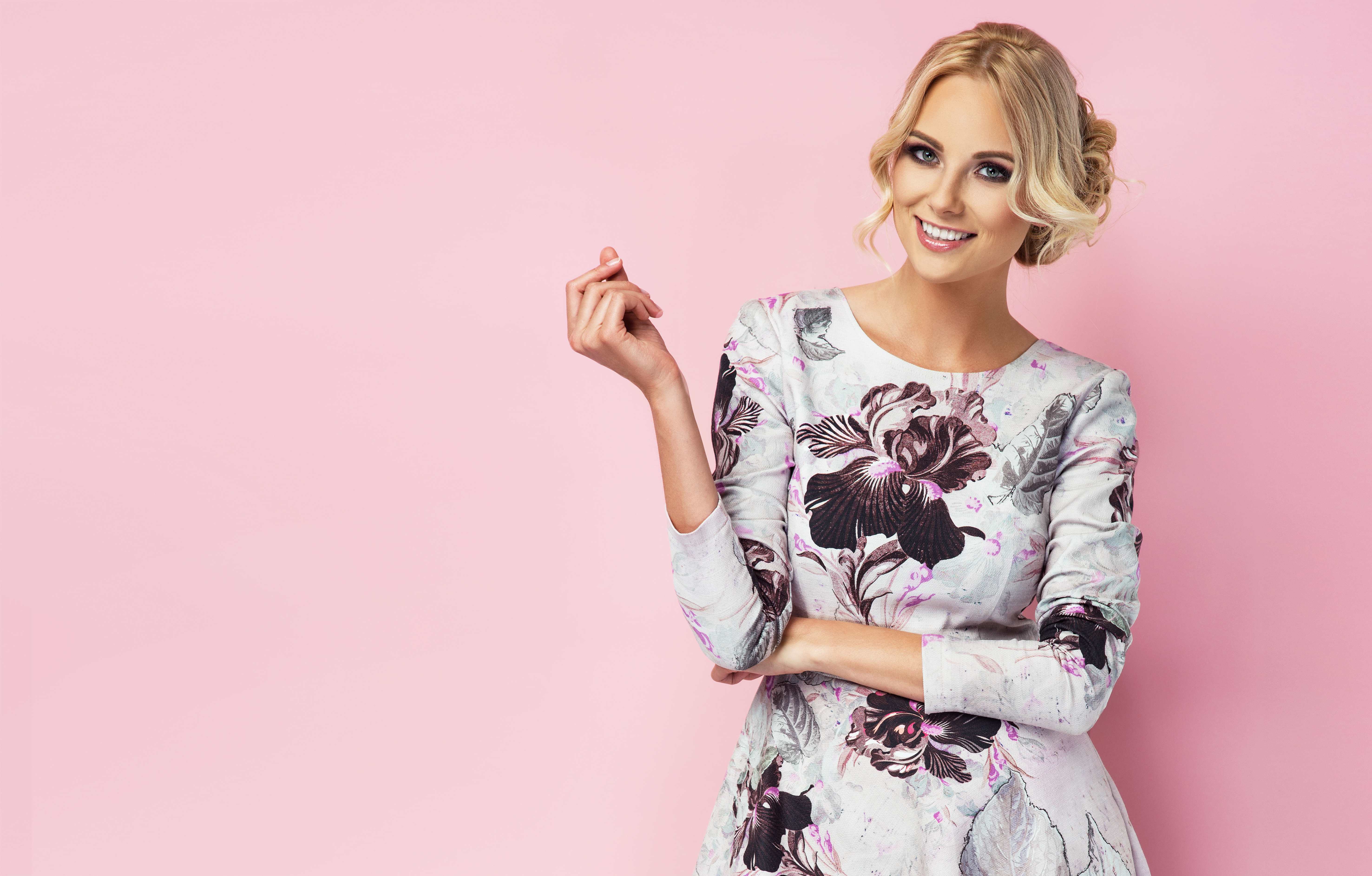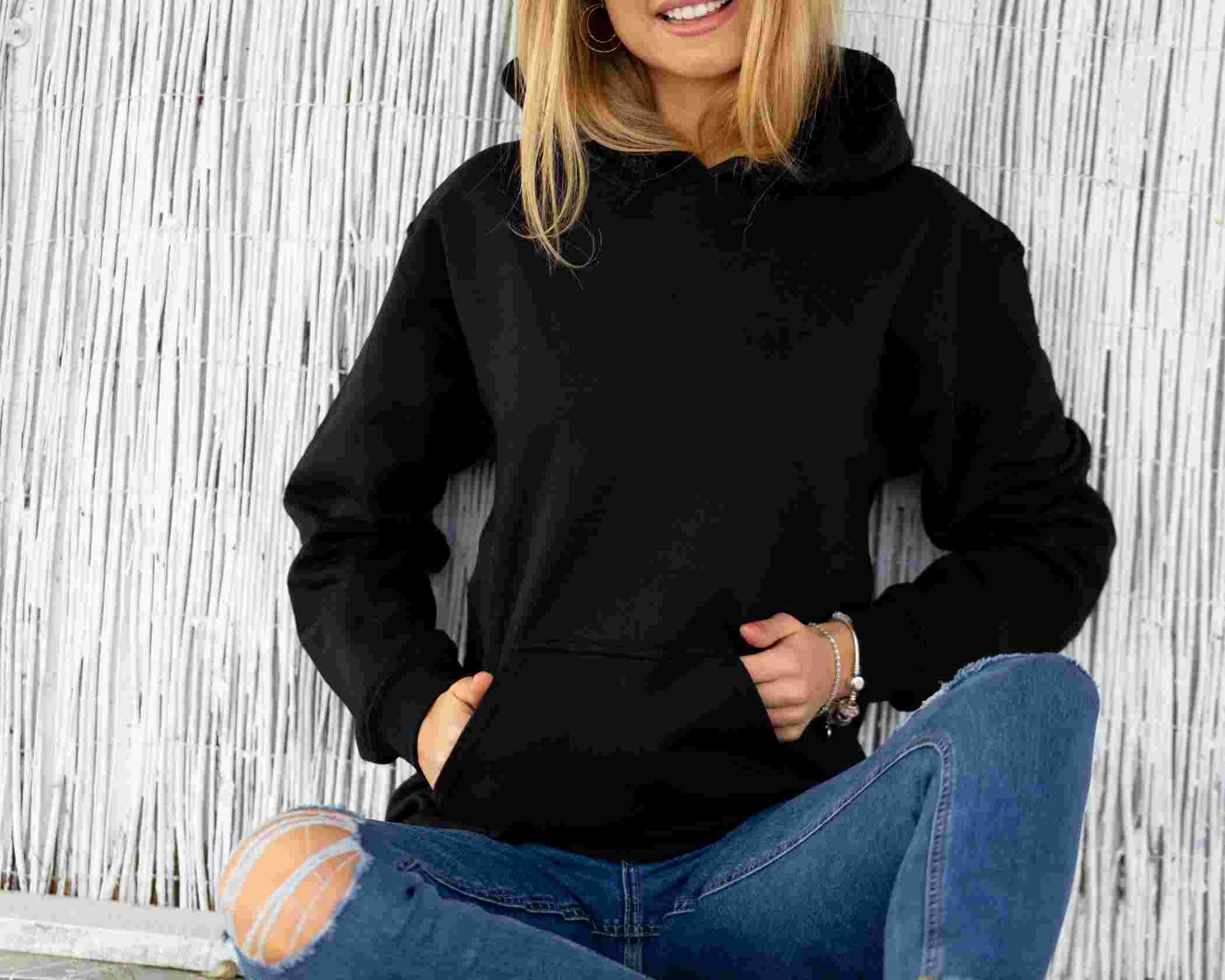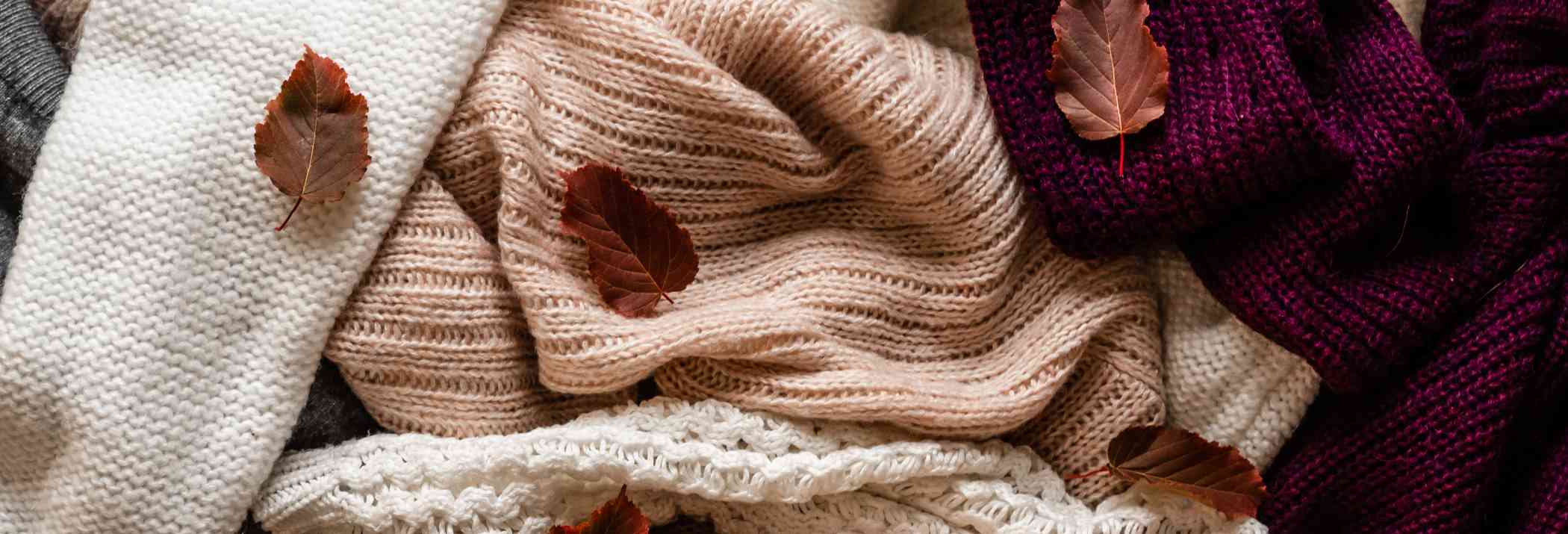Sneak peek into how we serve data-backed designs to our customers!



At the start of the Q4 Fashinza started exploring ways to double down on design-driven sales as a part of a larger revenue strategy. To enable this, Fashinza identified two important factors that contributed to design-driven sales: Curation and Creation. It started exploring advanced data analytics and machine learning to gather insights that could shape effective curation and creation.
“Design-Driven”: As the word suggests, the nature of sales has “design” as one of the critical decision factors. The more control one has over the design of the product, the easier it becomes to handle sampling, operations, and other downstream activities in bulk production. It also helps in building predictive models to understand delivery risks and uncover other issues, such as supplier performance.
IDENTIFYING DESIGN ROADBLOCKS

For “design-driven sales”, a good supply of designs listed on our platform is desired. Fashinza started this exercise by sourcing all the designs from suppliers which they’ve done for us and their other customers. While trying this, two major roadblocks were found:
a) The designs were outdated/not in fashion for the brands.
b) There was a lack of originality in the designs, as the designs by vendors were mostly copied from other vendors/brands.
Sourcing new designs from Fashinza’s in-house designers was a solution. This helped to build an understanding of the design process. While Focusing on the “Research” to “Range Plan” stages of the design process, There were two broad categories which problems would fall into:
Creation of design
Increasing quality throughput to design funnel - Helping designers to create better styles before uploading them on the design platform.
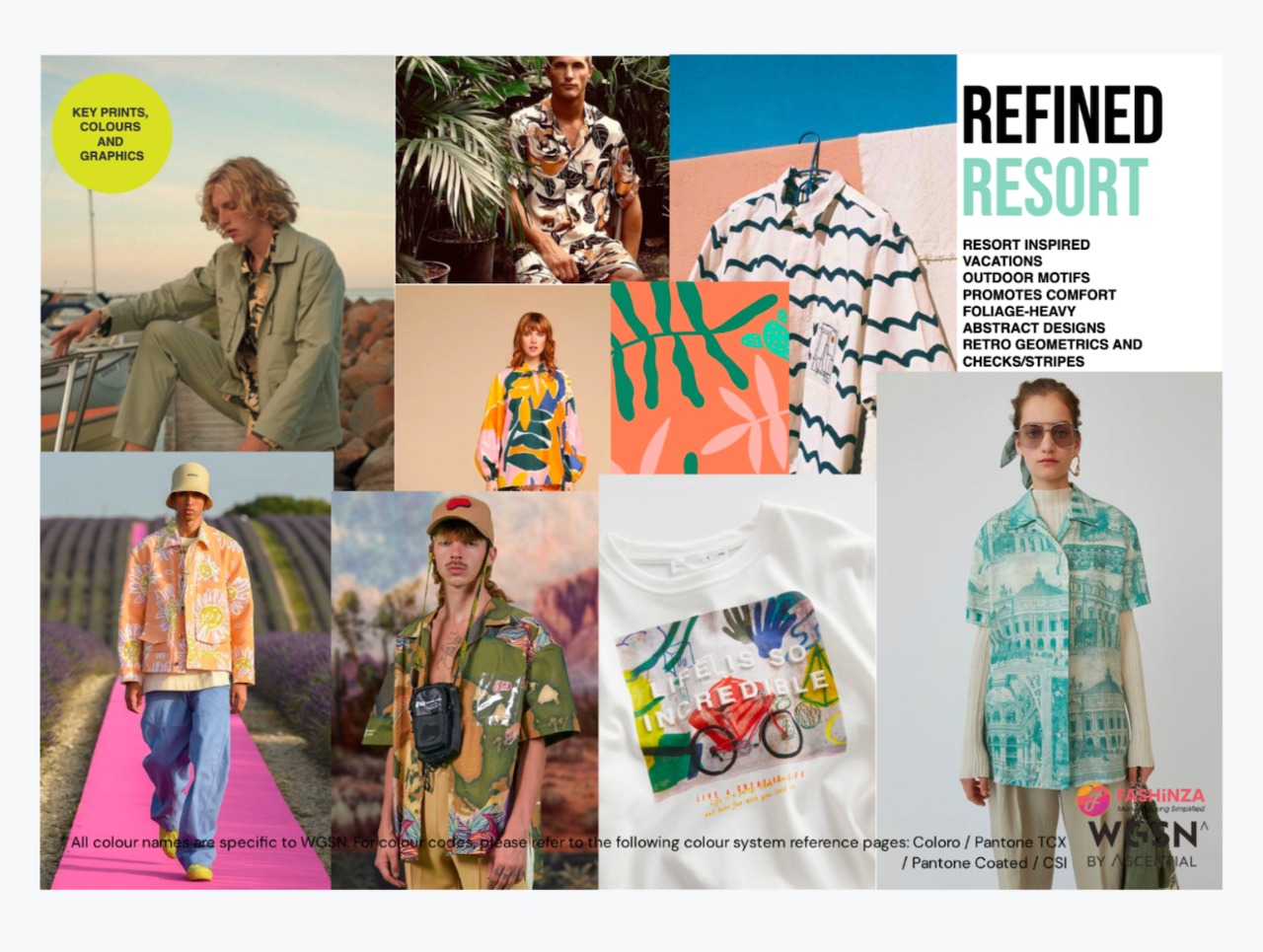
Curation of designs
Increasing curation quality of brand pitches - Helping internal teams (sales, category) to improve the quality of brand pitches by bringing actionable insights on the platform.
DESIGN STRATEGY

After identifying the problem statements, Interviewing fashion designers (in-house and external) to come up with an effective solution was an initiative. The key highlight of the discussion was to understand the sources from which designers get a sense of “what’s trendy” or “what’s popular”?
Following are the broad category where these lie:
Runway shows
Designers present their collections at fashion week events held in major cities around the world. These events often serve as a way for designers to introduce new styles and trends to the industry.
Street style
Fashion trends can also be identified by observing what people are wearing on the streets.
Social media
Social media platforms, such as Instagram and Pinterest, can be a great source of inspiration for fashion trends.

Industry publications and events
Fashion industry publications and events, such as trade shows and fashion weeks, can also be sources of trend information. These events often feature presentations and exhibits from designers, brands, and retailers, which can provide insight into new styles and trends.
Similarly, Fashinza also started reaching out to brands to understand how they plan their season, where we understood that fashion brands can be classified based on their focus on “design”.
High-end fashion brands
These brands are known for their luxury and exclusivity, and often focus on high-quality, innovative design. They are generally associated with certain designers or fashion houses. Examples of high-end fashion brands include Chanel and Gucci.
Mid-range fashion brands
These brands offer a mix of style and affordability, and may focus on more mainstream fashion trends. They are more accessible and attract a wider audience. Examples of mid-range fashion brands include H&M, Zara, and Mango.
Fast fashion brands
These brands are known for their quick turnaround time and ability to produce trendy styles at a low cost quickly. They often offer a wide range of styles, but based on their design inspiration from “mid-range fashion brands”. Examples of fast fashion brands include Forever 21 and Shoppers Stop. Based on these inputs and our target customer base, we designed three experiments at the intersection of these ideas:
Experiment 1: Creating Mood Board-based Collections to drive organic interest among brands.
Curated collection links shared with brands were plain collections of products. Design pitches usually have elements of theme and inspiration attached and offline industry presentations have a lot of information about the theme. One element of such a presentation is the Mood board. Such elements help to convey overall aesthetics, ideas, and inspiration. Having a mood board attached to the collection will help gain better traction from the customers.
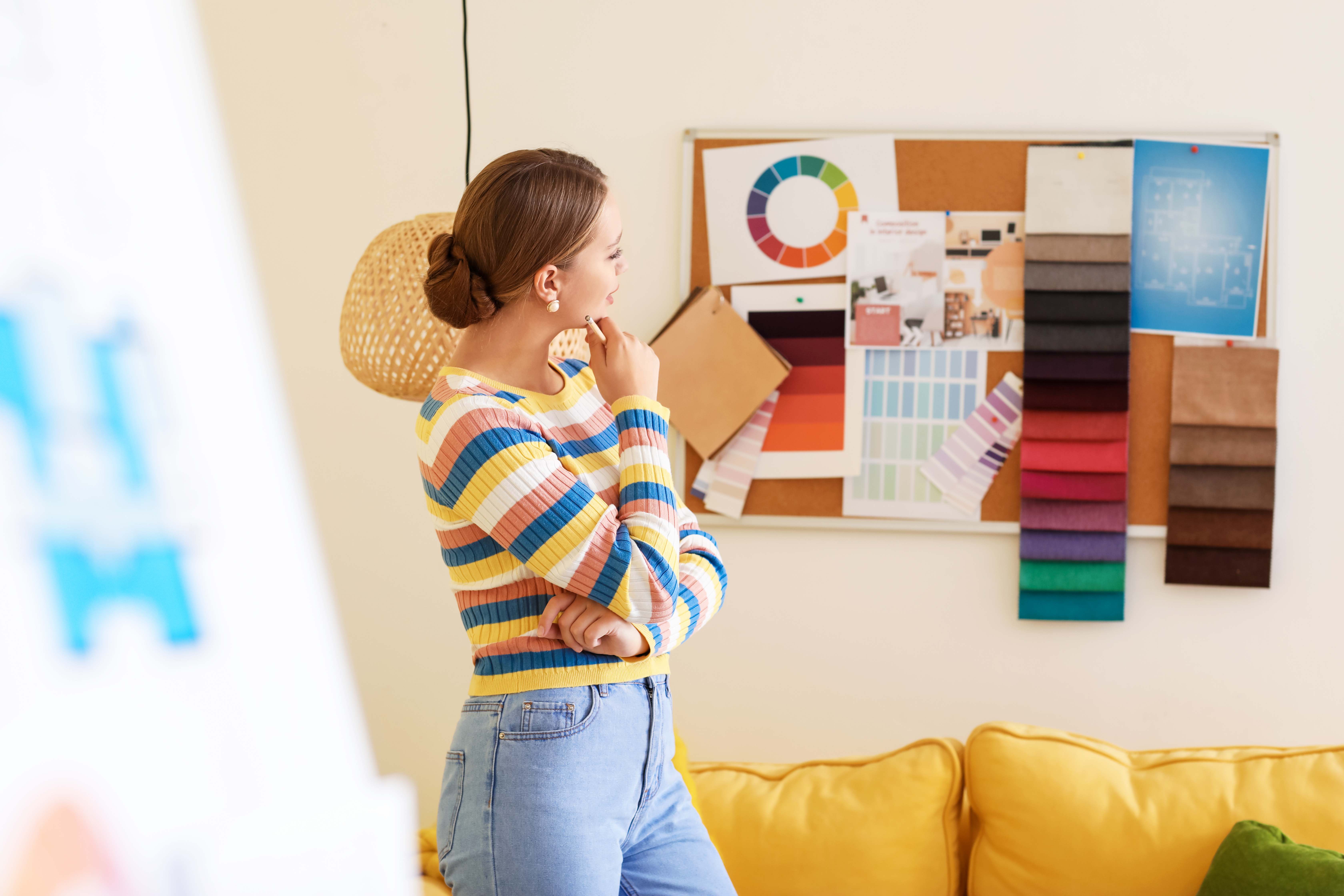
We identified the trends from WGSN across all the categories and mapped them to best-selling products in respective categories. We also built real estate across the platform to showcase the mood boards along with the collection.
The key insight we observed is that the Mood Board-based collections had a lukewarm response primarily because the collections pitched with mood boards were not in sync with the trends the brands were looking for. With supportive anecdotal evidence, we restricted the development of an auto-generated mood board until we built a full-fledged trends engine.
Experiment 2: Creating Trend Reports based on contemporary activities in the fashion world.
Trends Reports are publications that provide information about current and future trends. They try to capture consumer preferences or details around contemporary activities in the Fashion world. Bringing trend reports on the platform would help gain organic traction from customers and help in positioning Fashinza as a source of fashion trends.

Therefore, We outsourced the first trend report to a freelancer who studied NewYork Fashion week (recently concluded) to come up with a report. The second report originated after noticing a trend on social media around the barbie.

Trend Reports saw decent traction from brands {both according to data and with offline feedback}. So we are taking this forward by building a report library on the platform to establish ourselves as a spot for the trend destination.
Experiment 3: Creating Algorithm-based collections to improve curation quality and engagement.
Pitching collections to our consumers with algorithm matching would help drive more engagement for brands and enhance our purpose of establishing Fashinza as a data-led design sourcing platform.
We ran the algorithm to analyze the best-selling SKUs over the retailers to filter a list of top products from Fashinza Designs. We then split these designs into five theme-based collections and ran e-mailers for these collections.
Through this, Increased traction was achieved by increasing regular touch points. We made the decision to advance it by developing automated collections and giving our pitching strategy a new variety.
SCRAPING DATA
Fashinza also runs web scrapers to collect public data from a “trend-setter” group of brands (which have an online presence) to identify a “best-seller” or “popular” set of products. Utilizing this data to identify which attributes are “trending” across the list of products helps to assign them a comparative score among the scraped data set.
These scores are then compared against the list of products in the Fashinza Design System to identify a list of suitable products which can match the trend basis of the attribute values. These identified lists of products can then be utilized to create shareable links, and collections based on brands and the categories they deal into.
If you are keen to know about the Questions of the above-mentioned interview, please talk to us!















